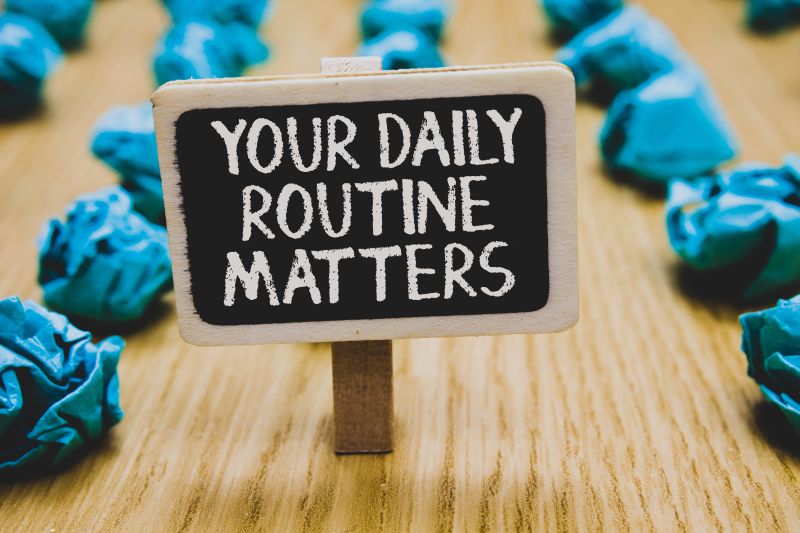
Tips for creating lasting habits
By Livvy Drake
As it’s the start of a new year, I am looking at introducing new habits, so I thought I would use the principles that I share for pro-environmental behaviour.
The behaviour I am focusing on is stretching daily as I have tight shoulders and an upper leg complaint, and have failed consistently to do the stretches suggested by the physio and osteopath, unless I am already doing exercise.

Firstly I am looking at the barriers as I know from Neuroscience that willpower is not enough to lead to habit formation, and The Root Solutions suggest that the main focus for behaviour change should be removing barriers.
These are the barriers I have identified so far and my ideas for overcoming them:
Space
When working from a coworking space, I can’t unroll my yoga mat and start on some butterfly stretches and cat-cows! So I have found a number of youtube videos that show desk and standing exercises.
Moments of time
My days tend to lack routine which is energy-intensive for the brain, and hard to find time to do something. However, I am consistently in bed, so I have been trialling doing lying down stretches in bed, in the morning- which also addresses space and location.

Motivation and tiredness
I know from neuroscientist, Gabija Toleikyte, Ph.D that when tired the brain reverts to old routines and quick dopamine fixes – which is scrolling and searching out information on my phone and electronic devices.
So I am not trying to start a routine at night and I have used AppBlock to put time blocks on my electronic devices so I can get more rest and can’t scroll in the mornings when I want to do exercise.
Repetition
Habits are unconscious behaviours we do on autopilot and to get a behaviour to become a habit, it requires repetition. Think about car driving.

I am looking at finding an easy point in the day to replicate my stretching which my brain can then automate.
Bundling
Time is a huge barrier to adopting new habits, especially during the working day.
I have been considering what behaviours I already do that I could add my standing shoulder stretching to e.g. waiting for the kettle to boil (although in co-working spaces with cafes and instant hot water taps this won’t work).
Rewards
If you ever wondered why people (including me) have such a phone habit, it’s because the bright screen and scrolling, and attention from social media sparks dopamine in the brain.
And at moments of being bored or tired, our brain seeks out a dopamine hit to perk things up.
I am considering what kind of dopamine hit I can give myself during or after stretching
I also have been doing my shoulder stretches whilst waiting for the kettle (hot water bottle at night is a good long time to get in a variety of stretches).
Implementation intention formation
This is the process I have been going through. Thinking through a situation and answering if x happens then I do y.
Implementation intentions detail the “when, where, and how” an individual intends to achieve his or her goal, which is much more than just goal setting or making a commitment – other behaviour change tools.

It has been used with adolescents to reduce energy usage asking them to complete these sentences in a energy-saving trial by researchers at York University – Faculty of Science:
- If I finish using my games console . . .
- If I finish using the TV . . .
- If my mobile phone has finished charging . . . .”
And in a travel experiment by Bielefeld University where uni students were asked to look at a travel map and write down when and how they would test a new travel route. Those who had completed the exercise were significantly more likely to carry out the action compared to the control groups.
How can you imagine using this technique for yourself or for pro-environmental behaviours you would like to address?
Like any trusty
sidekick, we’ve got all
the support you need
on demand!



